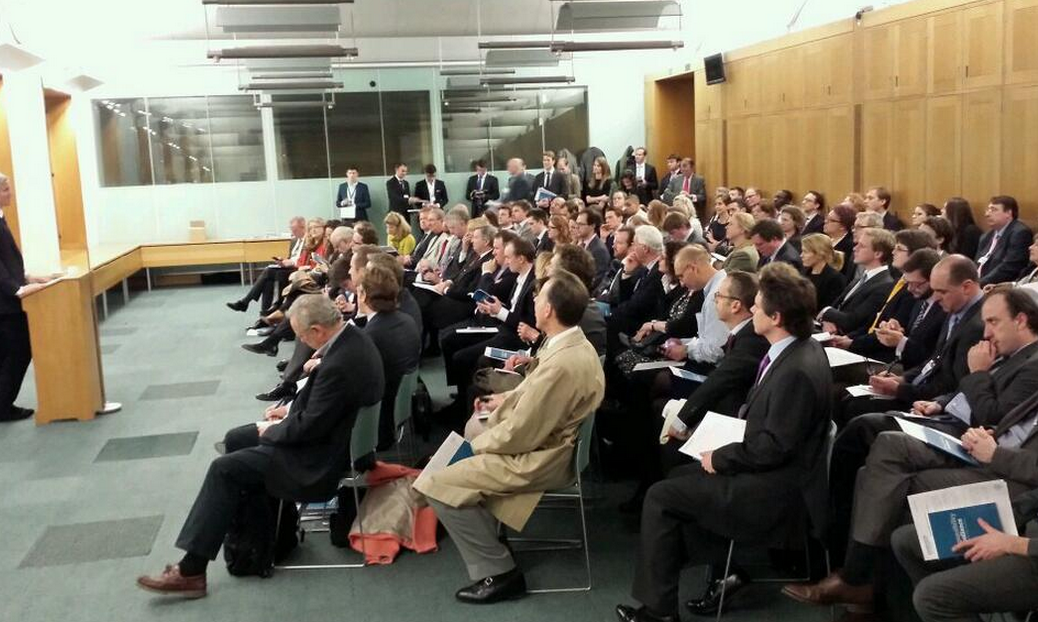

‘Vote blue, go green’ was one of David Cameron’s early electoral slogans (after realising, presumably, that ‘hug a hoodie’ appealed to no-one, not even hoodies, who didn’t want to be embraced by shire Tories, who were themselves not that keen on embracing the hoodies).
That turned into, allegedly, ‘cut the green crap’ when he realised environmentalism was unpopular because of the costs it implied with, eg, renewable energy.
But the prime minister has failed to understand that these two things – greener policies and making or saving money – are not in fact opposed. That was the message from this week’s launch of the Conservative Environment Network at Parliament, where Zac Goldsmith introduced an unusually green Michael Gove, who praised nature’s sublimity as reflected in Wordsworth and said that he believed in man-made climate change.
Mr Gove said he was a ‘shy green’, in the same way that people were ‘shy Tories’, embarrassed to profess their beliefs: ‘Conservatives are big-hearted but don’t want to wear their hearts on their sleeves.’ He also called Margaret Thatcher ‘the godmother (as it were) of modern environmentalism’.

In his introduction, Zac Goldsmith said green issues were central to Conservatism: ‘Environmentalism has never been seen by true Conservatives as an add-on… There’s a cabal of Conservatives who began to confuse problems with solutions’ and because they found the solutions unpalatable, decided there were no problems, thus letting Labour take the lead.
The network was also launching its first publication, a starry book of essays called ‘Responsibility & Resilience: What the environment means to Conservatives’, edited by Ben Goldsmith (CEN’s chairman and Spear’s guest editor) and Toby Guise (CEN’s editorial director). It features contributions from Mr Gove, Sit Stuart Rose, former New York City mayor Michael Bloomberg and Arnold Scwarzenegger.
Arnold Schwarzenegger wrote about how local or state governments can act for the benefit of business and the environment, while Michael Bloomberg said: ‘Environmental initiatives made New York a leader in sustainability and also helped drive economic growth. Green is good for growth.’






